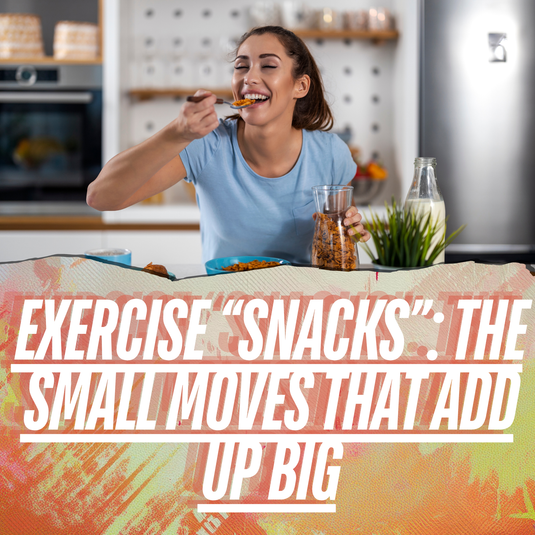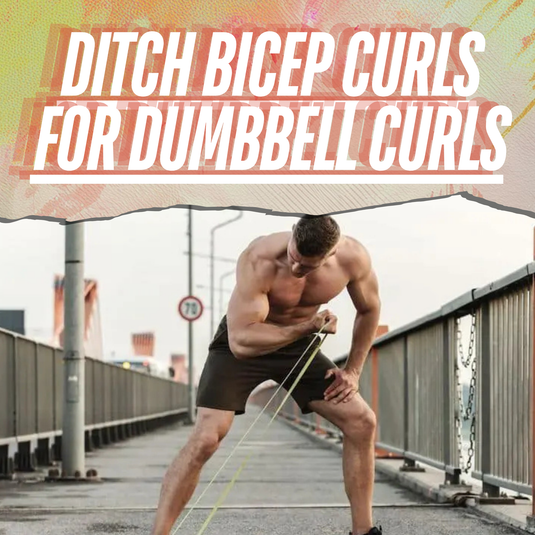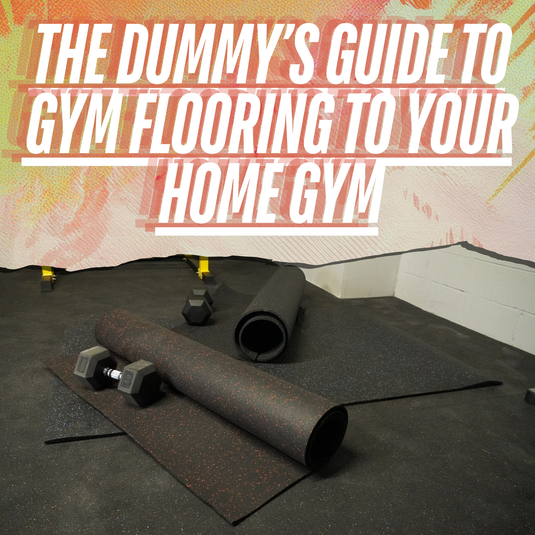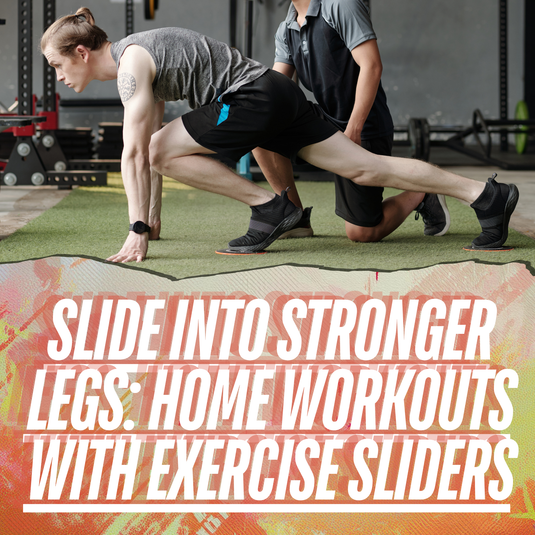Beginner Workout Plan for Women: 3 Tips

⏱️ Estimated Read Time: 6 minutes
🧠 TL;DR
- Beginner Workout Plan for Women: 3 Tips offers effective, accessible movements for targeted results.
- This guide is designed to help you move smarter, build strength, and stay consistent.
✍️ Summary
This post explores beginner workout plan for women: 3 tips in a way that’s actionable and easy to follow. Whether you're new to this style of training or leveling up, it includes practical takeaways for your routine.
📚 Table of Contents
The question “How do I put a program together?” finds its way into my inbox at least a few times a week about kettlebell training. For benefits on kettlebell swings, check out this post! If you're looking for a beginner workout plan for women, incorporating kettlebell exercises can be a great start.
The reality is there are THOUSANDS of programs around (most of these are just variations) and many (not all) of them work extremely well. There’s a lot of knowledge and experience that goes into creating programs and it obviously depends on the level of the user. Since these are typically in the form of Instagram DMs I’m going to assume these aren’t Olympic-level athletes.
With that said, this post is going to help you do one of two things:
It’s is going to help you put together a basic program for yourself with kettlebells
or
It will help you decide on something that's already out there.
Here are the three things.
1. Know Your Outcome.
The problem with most programs is that they are a generic “one size fits all” plan. By focusing on something specific, like a beginner workout plan, you increase the chances of actually making that a reality.
- Do you want to build muscle?
- Do you want to lose fat?
- Do you want to increase your deadlift?
- Do you want to increase your pull up numbers?
Of course, many tactics will help an array of goals, but I want you to be as laser-focused as possible.
I need you to answer this one question as truthfully and honestly as possible:
What is the ONE thing I want to change the most with my body, FIRST?
- "I wanna be huuuuuuuge!"
- “I wanna get ripped!”
That doesn't work here.
- "I want to put on 10lbs!"
- “I want to cut my body fat by 3%!”
That's better.
Notice how I said “first?” Is it possible to build muscle and lose body-fat? Sure. Is it ideal? Depends. How fast do you want to attain the goal? It’s a slow and meticulous process to hone in on you calories, training and recovery so to dial this in for most people (myself included) is not practical.
Get specific for now. Don’t be a goal jumper. Been there done that and the results are years of frustration.
2. Balance Movements.
If you're a subscriber to anything I’ve posted over the last decade you'll know that I love the word "movement."
No matter what your goal is you NEED to balance movements to stay safe. Too many pullups vs pushups leads to an imbalance. Too many kettlebell cleans vs presses will do the same. Too many curls will...make you awesome and there’s nothing wrong with that (sarcasm).
I like to think in terms of the basic movement patterns at first and then expand on them based on abilities as to where I can add rotational work and flow.
For my upper body:
- Horizontal Press/Pull (Push up/Ring Row)
- Vertical Press/Pull (Z Press/Pull up)
For Lower Body:
- Hip Dominant (Deadlift)
- Quad Dominant (Squat)
For Full Body:
- Hybrid (A combination of movements: Two Hand Anyhow, Snatch to Lunge)
- Rotational (Side Cleans, Rotational presses)
- Carry (farmer walks, racked walks)
- Locomotion (crawling, bodyweight flow
With that I find all the necessary movements (exercises) that work with my goal. I typically like to work antagonistic movement patterns (push/pull) for a given set because they allow me to go heavier without needing a lot of rest. This approach is ideal for a weekly workout schedule that keeps you progressing. When I do HEAVY presses I don't need to rest very long before heavy pull ups.
This really plays into effect when I’m trying to lean out because I can still go heavy, drop the rest and get more work done. That’s a bonus tip for you!
Strength circuits are another go-to where you hit a number of movements and patterns in the same circuit with little to no rest. This will change your body faster than you can imagine.
3. Vary the Reps
By varying the reps and sets you offer a different stimuli that your body will have to adapt to. I'm NOT talking about "muscle confusion."
If you always stay high or low reps you may hit your goal, but I've found that you will plateau or burn out very quickly. This is where simple periodization tactics come into play. It doesn’t have to be complicated, but by focusing on strength (1-5 reps) for a few weeks and then a week of higher reps (8-12) you can make gains for longer periods of time. At the same time don’t be afraid to add in some very high reps (30-100) assuming your body is ready for it. Just about every rep range has been shown to build strength so don’t shy away from what was originally deemed “endurance only.”
Another way to do it is to have a simple structure of a Heavy, low-volume session, Medium, moderate-volume session, and a light easy-volume session each week. This can be part of a balanced workout schedule for women aiming to achieve different fitness goals.
No matter what you decide, keep it simple (that should ALWAYS be the name of the game.) Less is most definitely more.
If your goal is to put on some mass, most of your training should stay within the 6-15 rep range. This is especially useful in a beginner weight lifting routine where building a strong foundation is key. I know it's large, but by focusing on strength as well as mass will help you develop a well-balanced, strong and functional physique.
Just remember MAXIMAL strength = low volume, high intensity. You don’t want to be doing German Volume Training (10x10 or 5) or 2-hour marathon sessions. Keep it simple with big movements (press, squat, etc) and keep the reps and sets low.
If your goal is to put on some mass most of your training should stay within the 6-15 rep range. I know it's large, but by focusing on strength as well as mass will help you develop a well-balanced, strong and functional physique.
Always think long-term with your plan. Even if you’re in a leaning out phase think of the big picture, not just day to day or week to week. It’s all connected.
Once you know what you want, you’ve picked the movements, and then the reps, select the right amount of sets. When doing this just remember the saying “less is more.”
I really only perform 1-3 work sets (most of the time 2) for my major lifts and really no more than three for everything else. I’ve seen the same results or better by doing less than doing 5+ sets in the past.
3. ADD MORE RECOVERY WORK
Maybe it’s older Marcus talking (technically yelling with those caps), but if I were to tell young’n Marcus anything it would be to add more mobility and active recovery work. I don’t just mean tacking it on to the last few minutes of your workout. I mean adding it into your program with specifics and days.
A mindful mover will move longer without pain. Find things that interest you. Maybe it’s bodyweight flowing or yoga. Maybe it’s mobility specific work. Whatever that may be find, learn it and incorporate it daily.
Just as in everything it’s easy to get carried away and take it to the extreme. In every certification I spend 45-60 minutes covering mobility work. Do you need that much every day? It depends. Some days will require more and others less. Listen to your body.
Track like a mad scientist
When creating a plan and then testing it you have to keep DETAILED notes of what you’re doing. My journal doesn’t just say “x sets of x weight”. It has how long I rested, how the weight felt, what my mood was, etc. On a set of deadlifts I have in one entry that says “I imagined I was lifting a car off of Lily (my daughter)” (which REALLY worked, by the way.)
Whatever information will help you down the line should be added. With that said be flexible. Sometimes a lift doesn’t work out the way you wanted, but don’t be that person walking aimlessly through the gym with your hands in your pocket saying “hmmm...what should I do now?”
Train with intention (even if it’s a flow kind of day).
Be the Expert on You.
The reality is you can ask 100 different coaches on program design and you'll get 100 different answers (not an exaggeration). There are many other factors that must be looked at like overall stress, diet (obviously), limitations in range of motion, injuries, etc.
The point of this article is to give you some tools to create your own basic plan or tweak one of the many that are already available.
There are many other factors that need to be taken into account including stress levels, nutrition, hydration, etc. My response to all of it at this stage is keep it simple and use common sense. And while a trip down the 405 Freeway in Los Angeles proves common sense isn’t that common I trust you. By becoming the expert on you you learn to trust your body’s cues and intuition and that takes practice.
I’m not saying ignore all experts and forge alone. What I AM saying is take more responsibility for yourself. A plan is only as good as your consistency.
Here’s a sample program of what I do and then tweak it from there as you need.
Each session will look like this for the most part.
- Block 1: Mobility (typically specific to the movement patterns I’m focusing on for the day)
- Block 2: Primers and Light Kettlebell Flowing
- Block 3: Main Lifts/ Focus: What am I trying to do? What are my goals?
- Block 4: Accessory Lifting or Conditioning (typically in the form of flowing)
- Block 5: Decompression
Decide how many days, accessibility to a gym/equipment, and your energy levels to determine how many workouts you’d like to add in, but add at least 2 days of pure recovery or just a whole lotta nothing as a minimum. You can still move and you can still sweat (the sauna works wonders) these days, but LESS IS MORE.
So there you have it. I hope that gave you a little insight on putting together something for you or your client. There’s loads more detail that you can put into your plan (and I do), but for the most part just remember the phrase “Keep it simple, stupid” (the stupid is optional).
As always keep on training harder and smarter. For those interested in a home workout plan, there's lots more information on Living.Fit as well as TONS of workouts that will keep you pushing towards being the BEST possible version of you!
Want more guidance? Check out our Weekly Dumbbell Workout #1.
📝 FAQs
How often should I do these exercises? +
2–3 times per week is a good starting point for most people.
Do I need equipment? +
Many of these can be done with just your bodyweight or a single kettlebell or dumbbell.
Can beginners do these routines? +
Yes! These movements are designed to scale with your fitness level.
Fact Check & Reviewed By
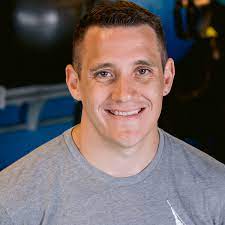
Jesse A. Grund, MS, CSCS, TSAC-F, is a content fact-checker and reviewer at Living Fit, ensuring the delivery of helpful content. He is an educator, strength and conditioning coach, and business owner with certifications including FRCms, FRA, Kinstretch instructor, and FRSC. His primary focus is on restoring clients' abilities to move well, strong, and often, whether they are professional athletes or everyday workout warriors. Jesse is dedicated to building athletes with a focus on movement-driven strength and conditioning, with his work now aligned with Living Fit's mission.




